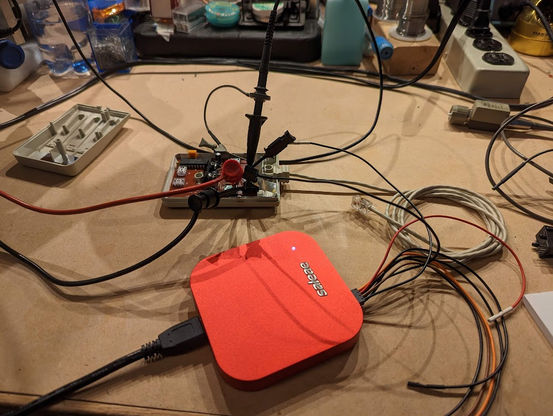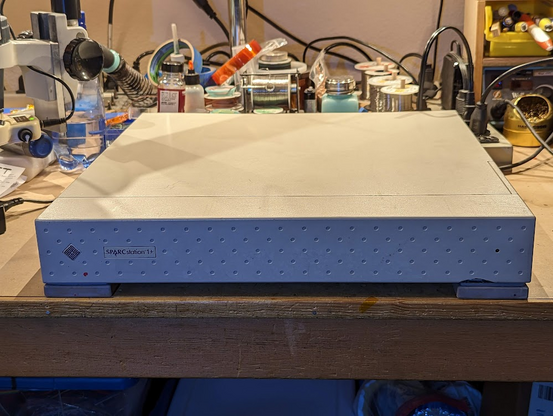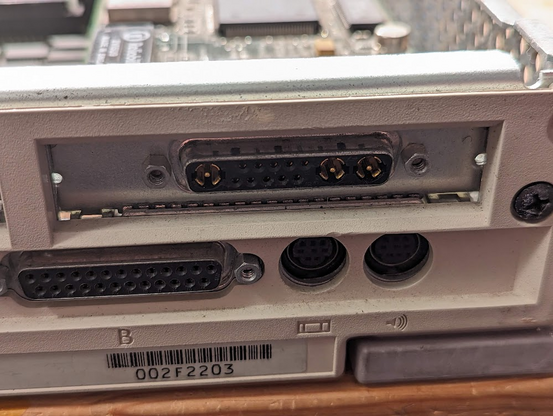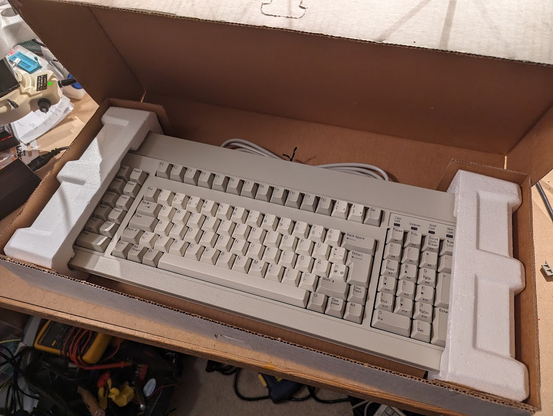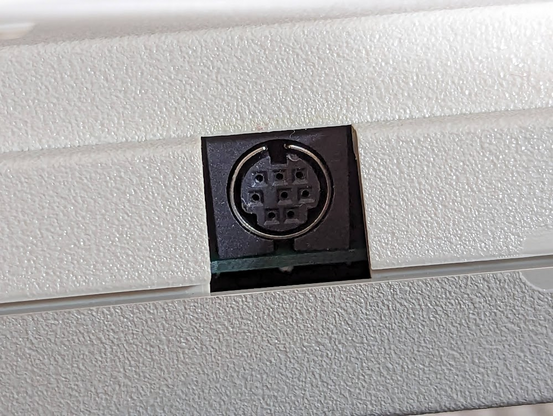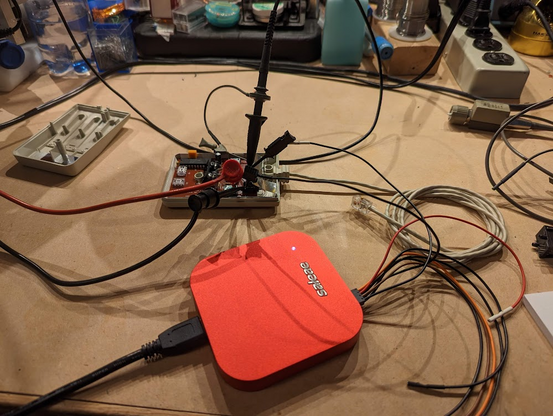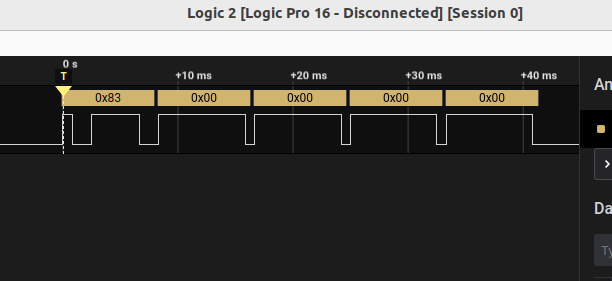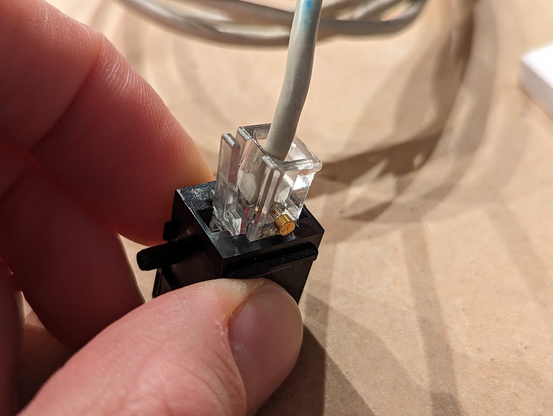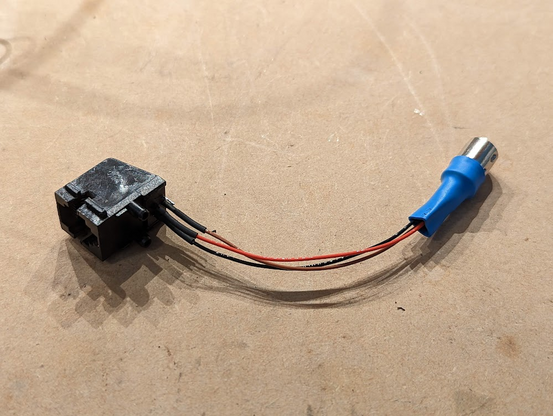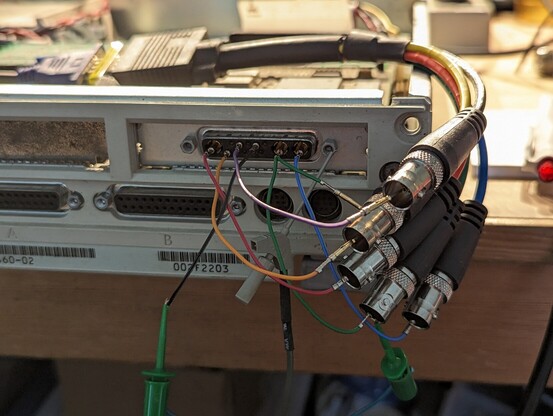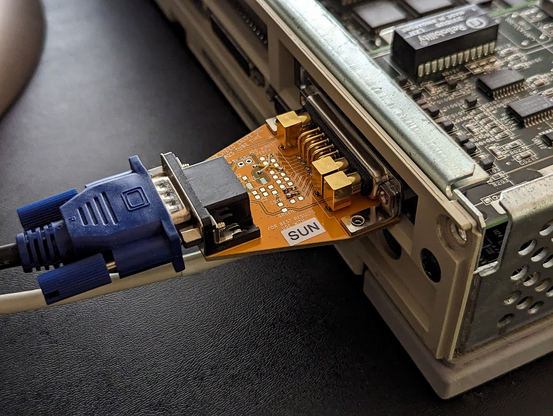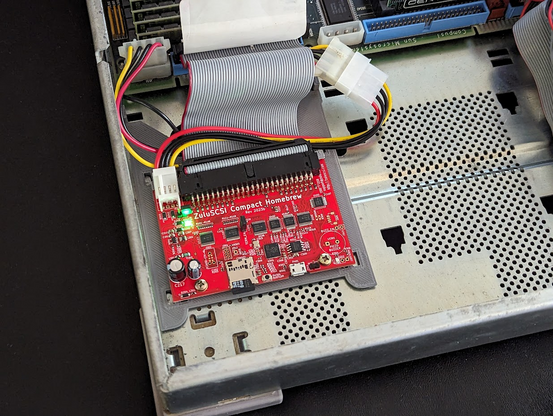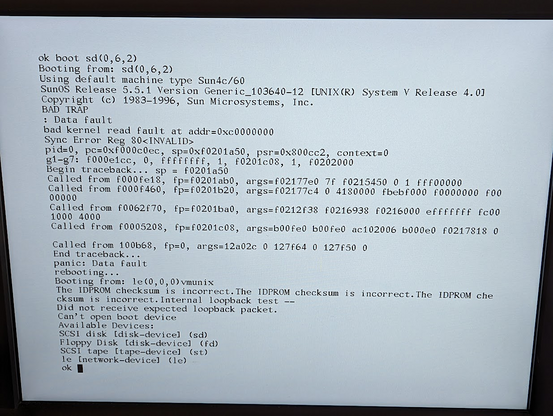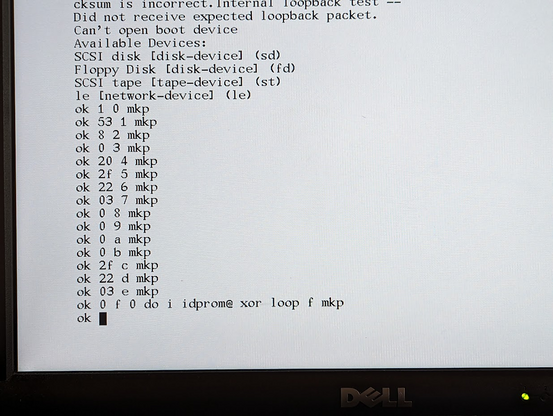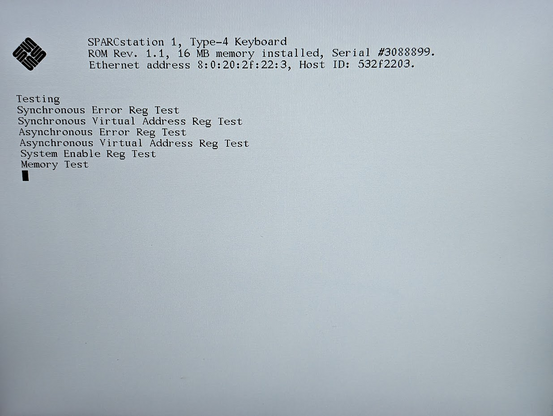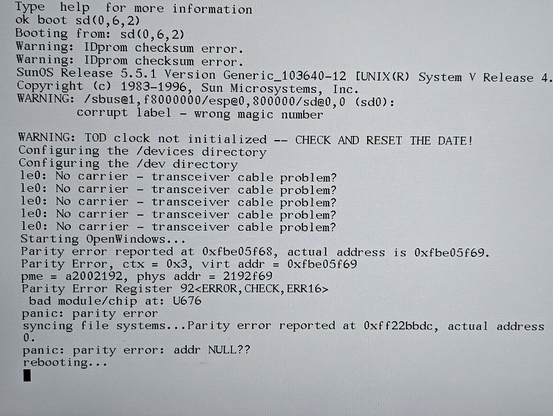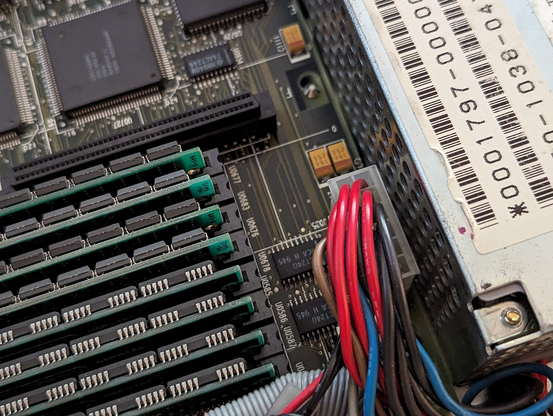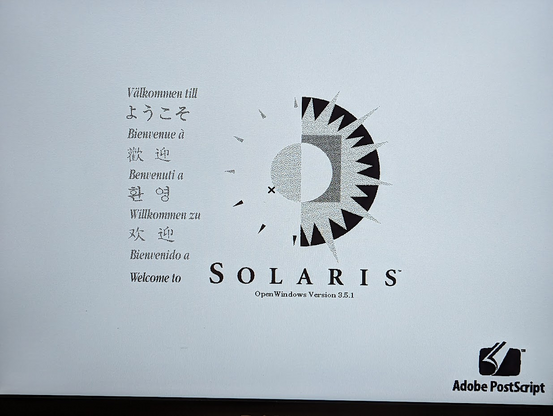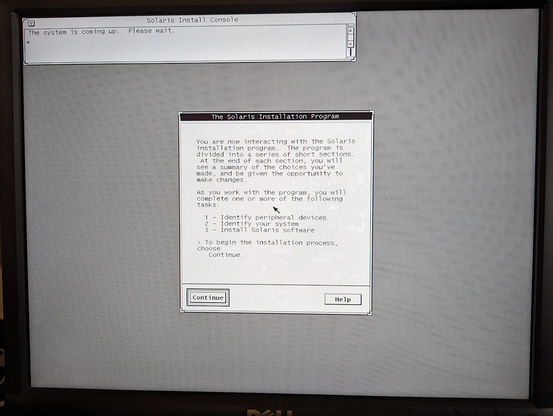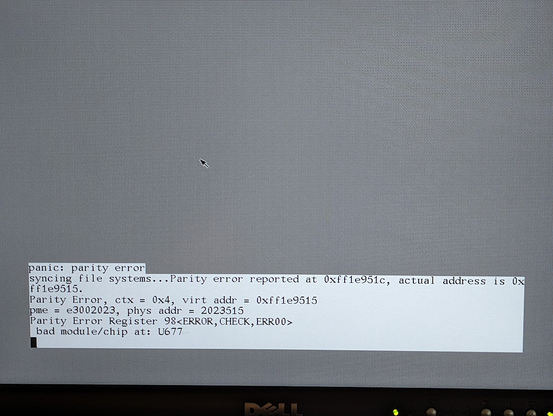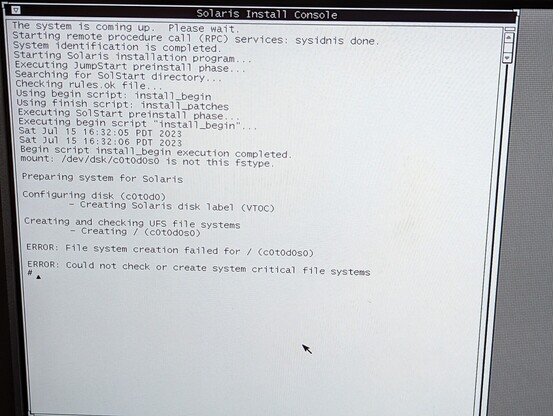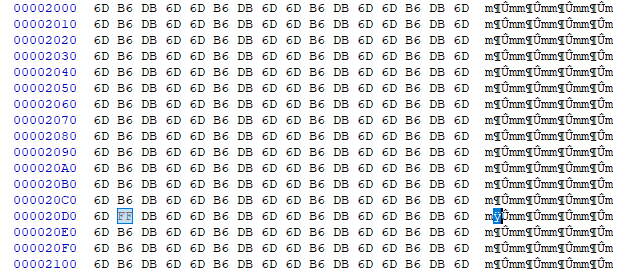 i made the Video Snake Oil board that can adapt 13W3 (any type!) to VGA. you just wire up the little pads to whatever your machine needs.
i made the Video Snake Oil board that can adapt 13W3 (any type!) to VGA. you just wire up the little pads to whatever your machine needs.it seems to run with 12MB RAM. no more parity errors this time. but now the installer hates my SCSI drive (a ZuluSCSI).
filesystem creation failed for / 🤔
i bet it is this issue. basically the ZuluSCSI returns values for disk geometry that somehow confuses the Solaris partition tool. one solution is to use a real SCSI hard drive and then dd it over to the ZuluSCSI once the install is completed.
https://github.com/ZuluSCSI/ZuluSCSI-firmware/discussions/122#discussioncomment-4418076
zululog.txt has the smoking gun:
[996859ms] WARNING: Host used command 0x1A which is affected by drive geometry. Current settings are 63 sectors x 255 heads = 16065 but image size of 2097152 sectors is not divisible. This can cause error messages in diagnostics tools.
i think the solution here is to resize the disk image file so it is divisible by 63*255*512.
 there's no more zululog.txt error but the superblock isn't getting written correctly. 6D B6 DB 6D is the test pattern written by the format command. could be somehow corrupting it during the write?
there's no more zululog.txt error but the superblock isn't getting written correctly. 6D B6 DB 6D is the test pattern written by the format command. could be somehow corrupting it during the write?